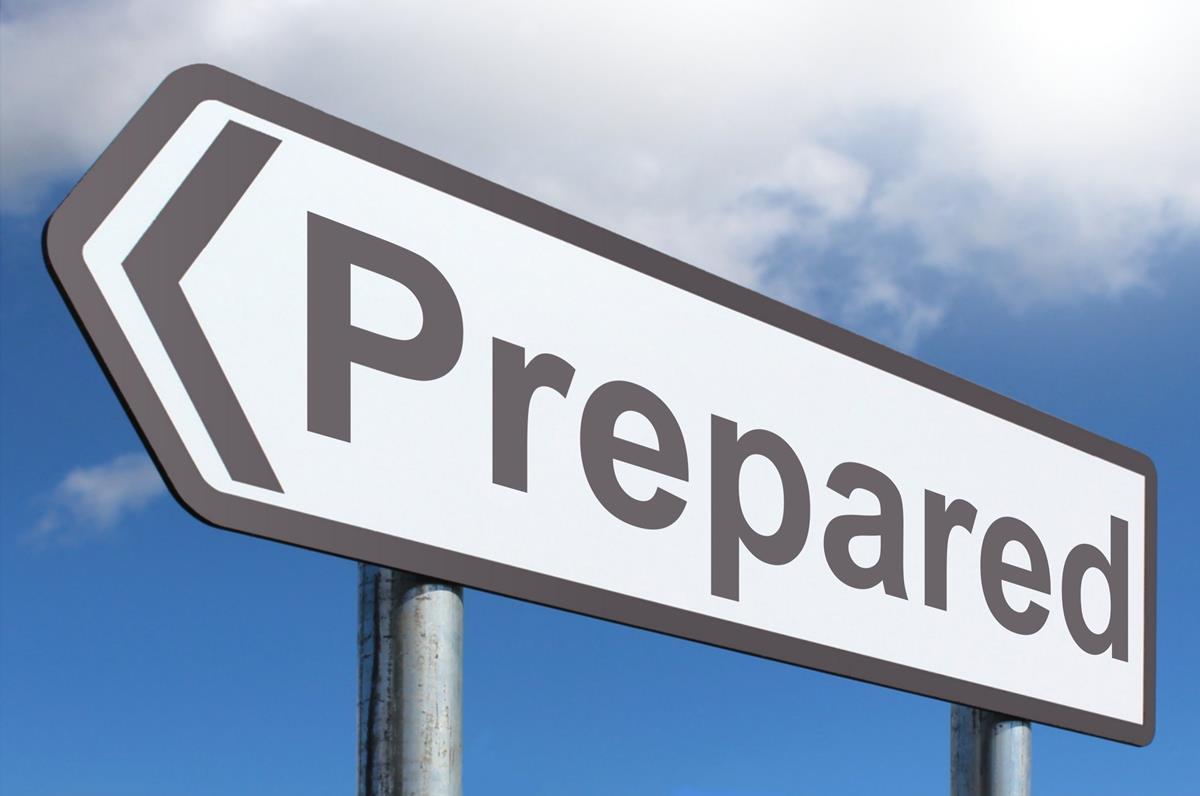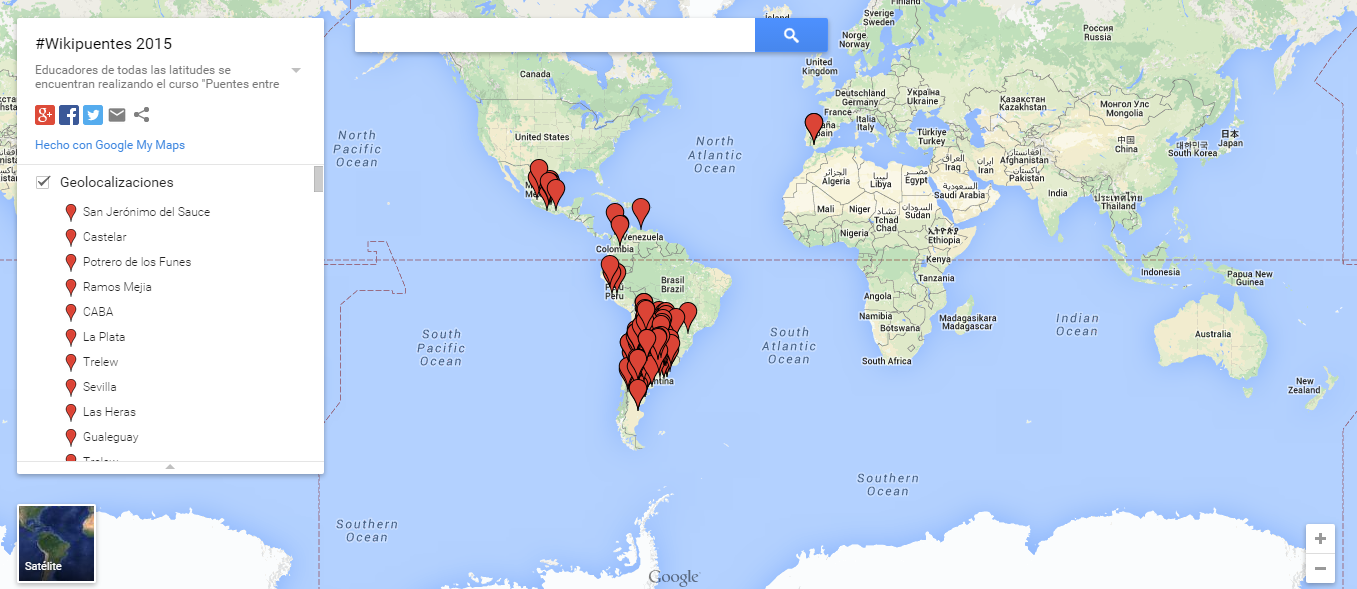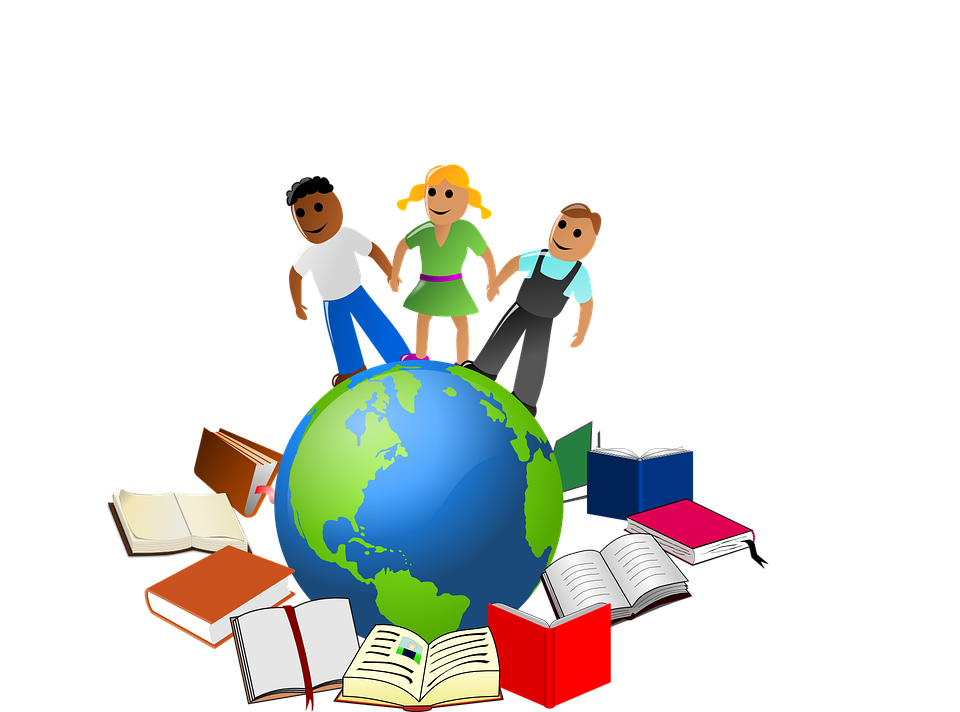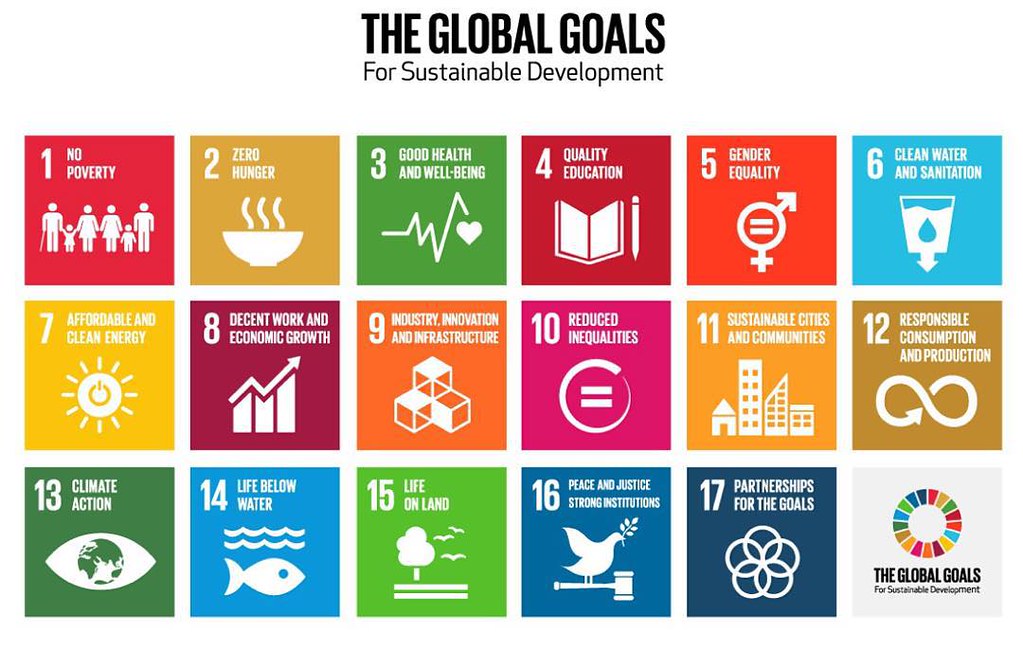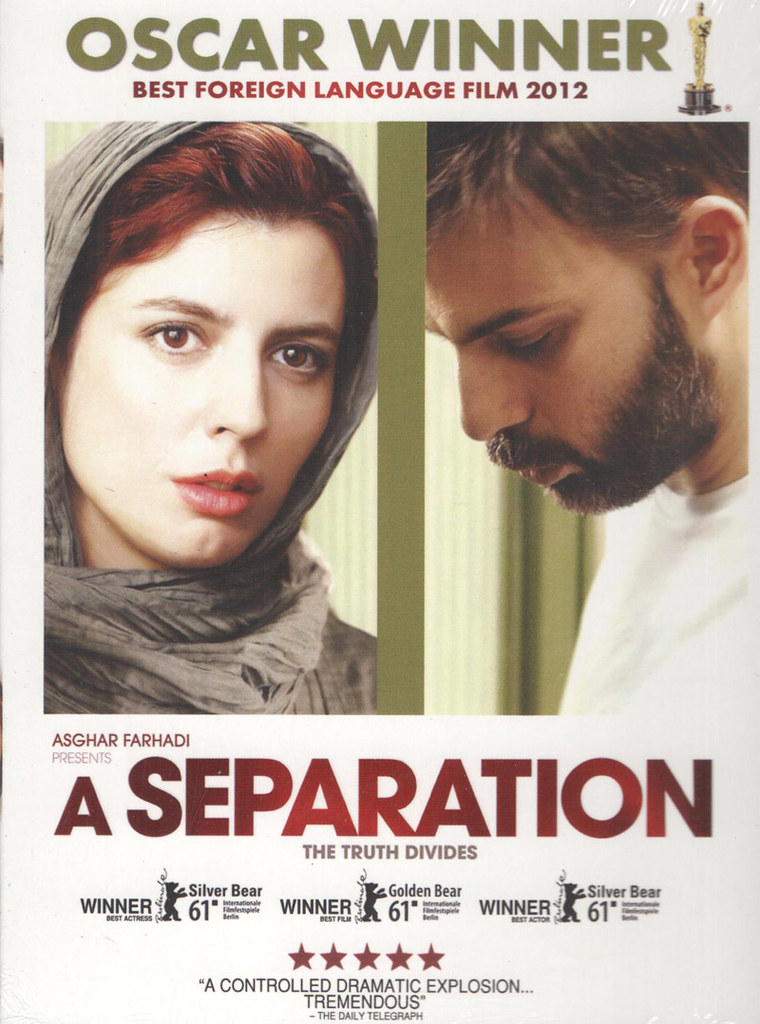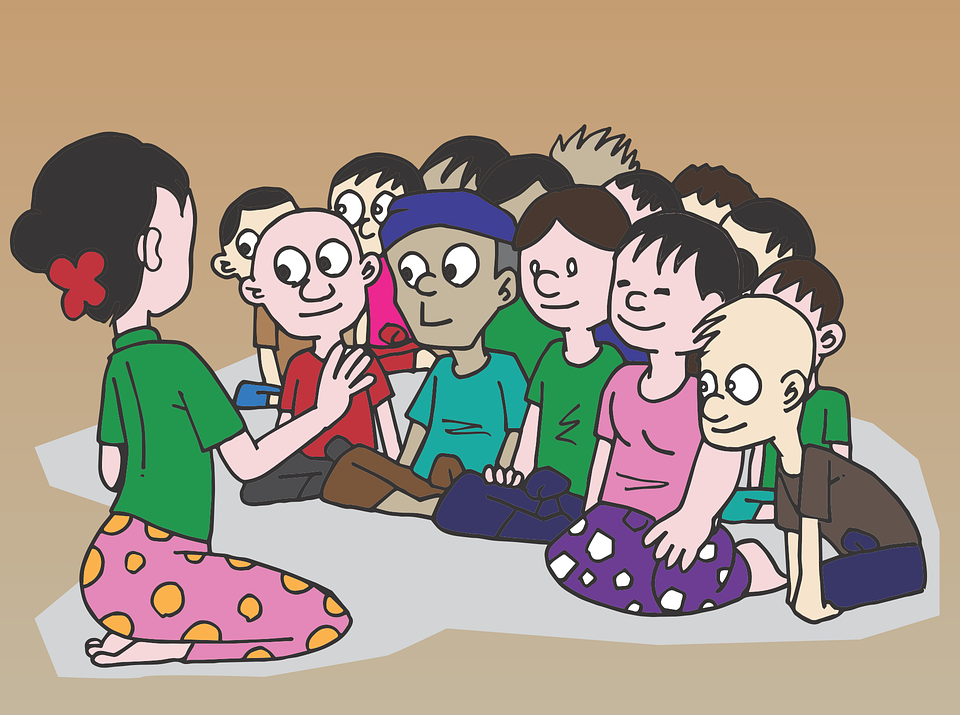I have come to think how virtual reality can contribute in learning. I haven’t seen an example in real life or seen videos about people using it for other things besides entertainment, so it was hard for me to think how VR can help classrooms, and I started to do research and found multiple articles on how virtual reality is being use in the classroom.
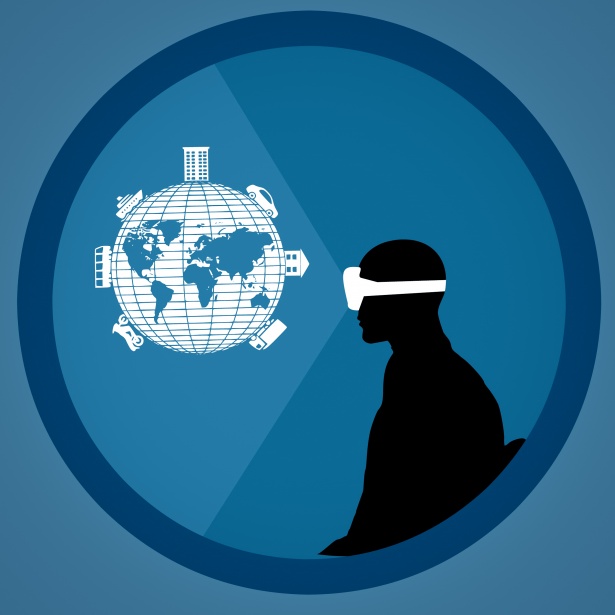
I have found an article that explains 10 ways how virtual reality is being use in classrooms nowadays written by Marianne Stenger. The article explained in detail how virtual reality is helping students to learn new and interesting things. Without doubt I would use VR when I become a teacher. The article describe the 10 ways in this manner:
See complete article here: https://www.opencolleges.edu.au/informed/edtech-integration/10-ways-virtual-reality-already-used-education/
- Virtual field trips: many schools have begun using Google Expeditions to transport students to faraway and even inaccessible parts of the planet. The Google Expedition app is free to download on IOS or Android and teachers can invest in some of the low-cost cardboard headsets that can be attached to a smartphone. With these simple headsets, students can actively explore anything from Machu Picchu to outer space or the deep sea.
- Language immersion: Virtual reality simulations can trick the brain into thinking the experiences are real, and a number of new language learning apps that use VR are now being developed. One such app is Unimersiv, which can be used together with the Oculus Rift headset. The app allows learners to connect with people from all over the world and practice their language skills while playing games and interacting with other students in a virtual world.
- Skills training: Virtual reality simulations can also help students learn practical skills, and one of the biggest benefits to training people in this way is that students can learn from realistic scenarios without the risk of practicing an unfamiliar skill in an uncontrolled real-life situation.
- Philosophical theories: The Sevenoaks School in the United Kingdom recently started using VR headsets in its philosophy lessons as a way to introduce students to French philosopher Rene Descartes’ dream argument. Meditations on First Philosophy is one of the most influential philosophical texts ever written, and begins with the claim that dreams and waking life can have the same content. Thanks to the VR headsets, students are able to see just how immersive a simulation can feel and experience firsthand the possibility that life is nothing more than a simulation.
- Architecture and design: For the last three years, David Beach, assistant professor at the Drury University Hammons School of Architecture, has been researching ways to apply VR technology in his field and believes it opens up countless possibilities in architectural design. The Oculus Rift hardware makes it possible for architects to take computer-generated 3D models and place viewers into those 3D models in order to bring their plans to life. At a primary school in Ireland, students have even been using VR to construct 3D models of historical Irish sites and then visit them virtually.
- Special education: The Jackson School for special needs students in Victoria, Australia has been using the Oculus Rift headset with students in the classroom. Technology and special education instructor Mathieu Marunczyn explains that the Oculus Rift has helped spark his students’ imagination and gives them a visual insight they wouldn’t otherwise have. For instance, students can take a peek inside an Egyptian temple or view a jet engine to gain an understanding of how it all fits together, which makes lessons a lot more hands on.
- Distance learning: Stanford School of Business is already offering a certificate program delivered entirely through VR, and at the University the University of British Columbia Law School, students are enjoying virtual reality lectures using a VR social application called VR Chat. The application provides virtual online chat spaces where students with a VR headset can project themselves and interact with lecturers and other students.
- Improved collaboration: Virtual reality technology has the potential to greatly enhance collaboration between teachers and students, both in distance learning and classroom-based teaching. Research shows that virtual and augmented reality simulations increase student motivation and improve collaboration and knowledge construction. One study conducted in a virtual world called Second Life allowed teachers to design, create and use collaborative activities to introduce exchange students to Chinese language and culture before they went abroad.
- Game-based learning: Virtual reality will likely completely change the way games can be used for learning. Game-based learning works because in increases engagement and motivation, and virtual reality can take this to the next level. Jane Wilde, an instructor at Marlboro College in Vermont who has been using games and simulations in her lessons for some time now, notes that although virtual reality games are not the only source of fun and engagement in class, they can make a substantial difference.
- Virtual campus visits: Technology is changing the way students select universities and many schools have now started virtual reality campus tours as a way to connect with applicants on a wider scale. These campus ‘visits’ allow students to see what it would be like to attend universities in other cities and countries even if they can’t visit in person. The virtual reality tours use photos and videos of campuses and their surroundings that enable students to explore the campuses at 360-degree angles.
Thanks for reading!


